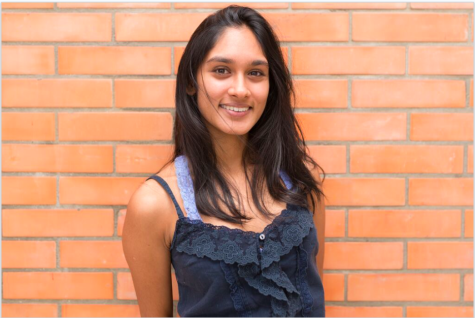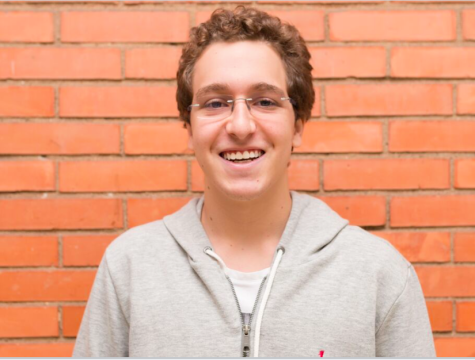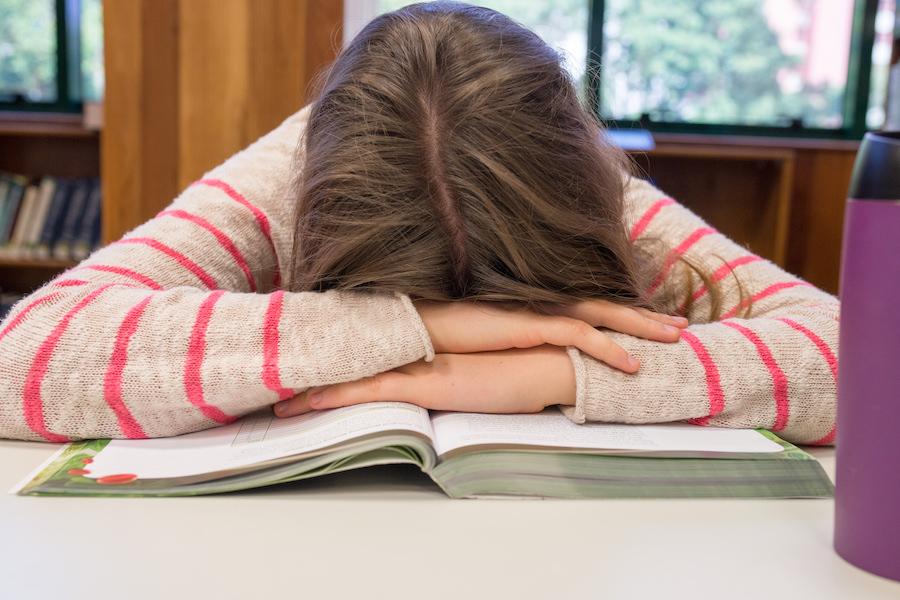Four birds: owls, larks, and…?
There comes a moment in the night when I can physically feel exhaustion hitting me, usually around midnight. My eyelashes turn into cement blocks weighing down my eyelids. This is the stage of exhaustion when I recognize that I really need to sleep. I know that I never produce my best work in the late hours of the night, which is why I sometimes choose to wake up early and finish the rest. I know I’m an early bird.
On the other hand, there is the case of the Nobel-prize-winning Austrian physicist Erwin Schrödinger. According to a 1963 interview with his wife Annemarie, he was the type of person who “couldn’t work in the mornings at all.” He simply couldn’t make any contributions to the field of quantum mechanics, general relativity, and color theory in the morning. His wife explained, “The [Max] Planck lectures—as you know, it was 30 or 40 years ago that Planck was in Berlin—were given in the morning from nine to ten. When he got this very, very honorable call to Berlin, he wrote first thing and said, ‘I’m very sorry, but I can’t keep the lecture hours because I can’t work in the morning.’ […] They understood, and changed it to the afternoon—two lectures, one after the other—on two days.”
People like Schrödinger would be classified as “owls,” or those who tend to be more alert in the evening, while I would be a “lark,” someone who receives his or her energy boost in the morning. These are the two basic chronotypes, or preferred sleep schedules. But now, scientists in Russia are proposing that there might actually be four chronotypes: There are those who rise early, those who rise late, people who are energetic in both the morning and the night times, and finally others who are lethargic all day.
At the Siberian Branch of the Russian Academy of Sciences, researcher Arcady Putilov conducted an experiment in which he asked 130 healthy individuals (54 men and 76 women) to sleep in a lab and then stay up for 24 consecutive hours without consuming coffee and alcohol. Throughout the succeeding week, participants filled out frequent questionnaires about their functioning, typical sleep patterns, and current state of alertness.
By analyzing participant energy levels, Putilov identified four distinct groups. Of those studied, 29 were “larks,” who showed higher energy levels at 9 a.m. rather than 9 p.m., and 44 “owls,” for which the opposite is true about their energy. He also found that the “owls,” on average, went to sleep about two hours later than the larks did. The rest of the sampling group fell into neither of these categories.
The study discovered that “There was [also] a ‘high energetic’ group of 25 people who reported feeling relatively sprightly in both the morning and evening, and a ‘lethargic’ group of 32 others, who described feeling relatively dozy in both the morning and evening.” Both the lethargic and energetic participants went to bed and woke up somewhere between the larks and owls. Overall, the energetic group needed less sleep (about 7.5 hours) each night. The researchers said their results support the idea of there being “four diurnal types, and each of these types can […] be differentiated from any of three other types on self-scorings of alertness-sleepiness levels in the course of 24-hours sleep deprivation.”
Considering the new discovery of the lethargic diurnal type, I would say that a majority of students would fall under this category. It technically isn’t our fault that we’re tired all the time–it’s physiology. Still, thanks to Putilov’s research my new excuse for those dreaded dark circles under my eyes and my sluggish gait will be “It’s just science.”
Sources: theatlantic.com, digest.bps.org.uk, aip.org

On her third year on the Talon, Faria is serving as co-EIC with Michael Borger (God, help us all). As a senior, Faria discovered the key to success–and...

Gabriel Civita is the Image Master for The Talon after being the photographer last year. Basically, he’s still a photographer, but with a fancier title....









